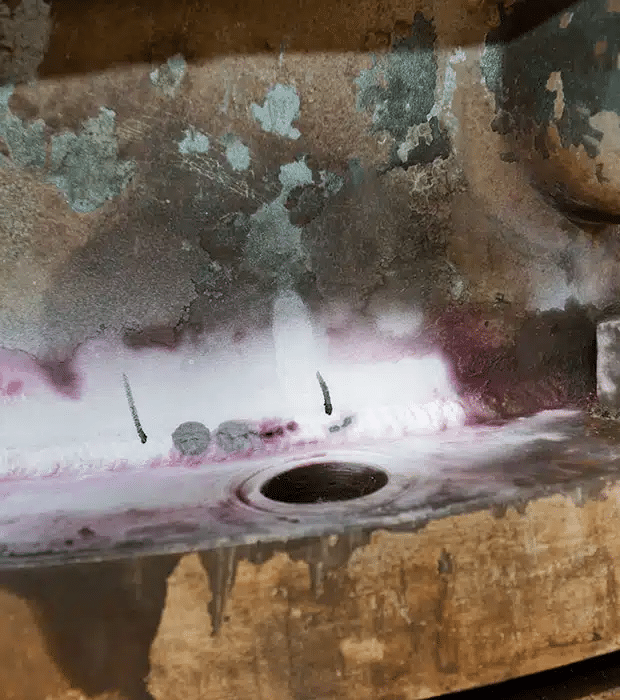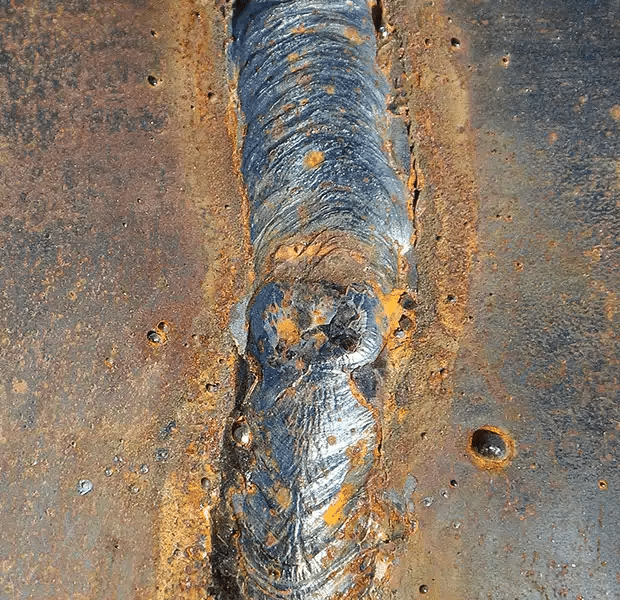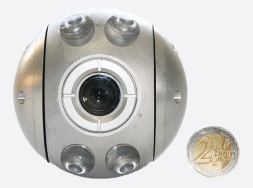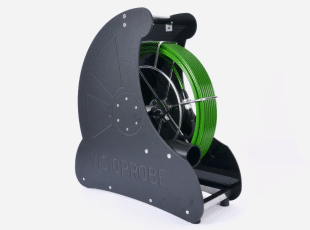A global and turnkey remote visual inspection solution that fits your environment
Based on its expertise in the non destructive testing market, Foretec developed Visioprobe to provide the highest quality remote visual inspection solutions, focusing on accuracy and durability. Visioprobe has been designed to meet the most strongest industry standards guaranteeing accurate and reliable results.
What is Non Destructive Testing (NDT) ?
Non destructive testing is a set of techniques and methods used to evaluate the properties, quality and integrity of materials, components or structures without causing damage to the tested object. The primary goal of non destructive testing is to detect defects, flaws or irregularities in a non-intrusive manner, allowing for the assessment of an object’s suitability for its intended purpose or to monitor its condition over time. Non destructive testing is widely used in various industries, including manufacturing, aerospace, power generation and nuclear industry, pharmaceutical and food process, oil & gas industry or sewer and mining.
Non Destructive Testing, including remote visual inspection, offers numerous benefits, including reduced production and maintenance costs, accident prevention and compliance with quality standards.

Non Destructive Testing methods
Remote visual inspection
Remote visual inspection is the simplest and most basic form of Non Destructive Testing and includes a camera controlled through a control unit to view live inspection images. Visual inspection allows detection of any defect emerging like cracks, scratches, porosities, shrinkages, cold drops, lines, folds, splits, cracks, deposits, traces of corrosion, foreign objects, tearing…on the surface of an object by visual examination .
Radiographic testing
X-rays or gamma rays are used to create an image of the interior of an object. This method is effective for detecting internal defects, such as voids, cracks, or inclusions.
Ultrasonic Testing
High-frequency sound waves are directed into a material, and the reflected waves are analyzed to detect flaws, measure wall thickness, or locate discontinuities within the material.
Magnetic Particle Testing
Magnetic particle testing uses the principles of magnetic fields to detect surface and subsurface defects in ferromagnetic materials. Magnetic particles are applied to the surface, and the presence of defects is indicated by the arrangement of the particles.
Eddy Current Testings
Eddy current testing uses electromagnetic induction to detect surface and subsurface defects in conductive materials. Variations in electrical conductivity and magnetic properties can reveal defects.
Infrared thermography
This technique measures the thermal radiation emitted by an object and can be used to identify variations in temperature, which may indicate defects or problems within the material.

The different types of defects to be detected
During Non Destructive Testing, whatever the technique used, different types of defects can be detected, in particular:
- Cracks: fractures or cracks in materials that may weaken their structural integrity.
- Voids and Inclusions: unwanted particles or impurities in the materials.
- Porosities: air bubbles or voids inside materials, which can alter their strength.
- Corrosion: areas where the material is subject to deterioration due to oxidation or other chemical reactions.
- Welding defects: weld anomalies that can affect the strength of assemblies.
- Internal obstructions: blockages or deposits that can interfere with equipment operation.
- Thickness variations : variations of the sickness that may indicate corrosion or other issues.
The importance of Non Destructive Testing
Non destructive testing is of great importance in the industrial environment for a number of reasons.
Prevention of catastrophic failures
Non Destructive Testing is instrumental in preventing catastrophic failures in critical infrastructure, such as bridges, pipelines and pressure vessels. By identifying potential issues before they escalate, Non Destructive Testing helps avoid accidents, environmental damage, and loss of life.
Quality control
Non destructive Testing is an essential tool for maintaining and ensuring the quality of materials, components, and products during the manufacturing process. By identifying defects early on, manufacturers can take corrective actions, reducing the likelihood of producing faulty or substandard items.
Cost savings
Detecting defects early through Non Destructive Testing can lead to significant cost savings. It helps prevent the production of defective products , which could result in expensive recalls, rework, or even catastrophic failures.
Regulatory compliance
Many industries are subject to strict regulations and standards to ensure the safety and reliability of their products. Non destructive Testing is often a requirement for compliance with these standards, and failure to adhere to them can result in legal consequences and damage to a company’s reputation.
Safety assurance
Non Destructive Testing helps ensure the safety of products, structures, and systems by detecting defects and irregularities that could compromise their integrity.
Life extension of assets
Non destructive Testing plays a vital role in assessing the condition of aging infrastructure and extending the life of assets. By identifying and addressing issues early, industries can implement maintenance and repair strategies to prolong the operational life of equipment and structures.
Non destructive testing (NDT) is an essential industrial practice
Thanks to its various methods and techniques, it enables defects to be detected and characterized without damaging materials or structures. By guaranteeing safety, product quality, cost reduction and compliance with standards, NDT plays a crucial role in preserving the integrity and performance of industrial components.
A non destructive testing project?
Ask us for a quote!


